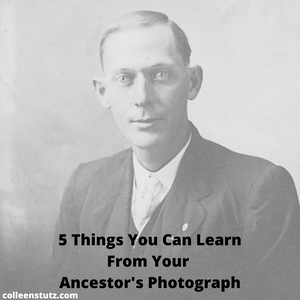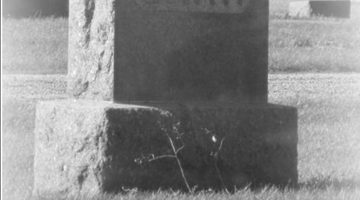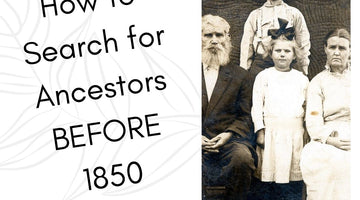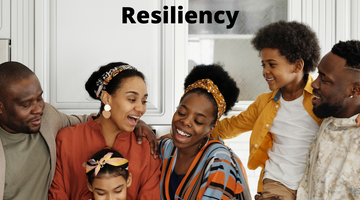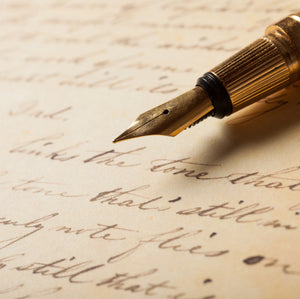A picture is worth 1,000 words, right? When studying the photographs of your ancestors, you can actually learn a lot more about them than it might seem at first. These will help give you clues in your family history research.
1. In family pictures, you might be able to identify which child was the focus of the picture by how the children were dressed, and where they were positioned in the photograph. The appearing "favorite child" may have been the focus of the picture due to them being the youngest, or the first time this child was in a picture.
2. Wealth can be determined by the clothes your ancestors were wearing, as well as the details you spot. Sometimes they had a very fancy outfit on, implying wealth. However, if you look closer at the shoes, you might find that they were basic, scuffed, or farmer type shoes. Another sign of economic status is the background of the picture. Some pictures have fancy backgrounds that professionals supplied, while the poorer families hung a blanket behind them. Pay attention to the smaller details to help determine economic status.
3. Family pictures can be helpful in identifying birth order and ages. If you have a family picture and you haven't identified who they are yet, you can guess the ages and age spans of of the children to help map out the family dynamics to help your search. You may even have a photograph with an extra child who didn't show up on a census record because they may have passed away as a child.
4. Hair, eye color, or specific facial features can be helpful in determining how people in an unidentified picture might be related. I have a picture of a family that no one can identify. But the eyes and the ears of the mother and child are unmistakably from my grandfather's side of the family. If you have a picture of someone with brown eyes, but most of your ancestors have blue eyes, it might help you trace that picture to the correct ancestral line (there are exceptions, as some blue eyed parents can have a brown eyed child). Take a careful look at your pictures to help identify relationships.
5. By looking at the clothes, hair styles, and accessories (hats, ruffles, etc.) you can identify the time period that the picture was taken. This can help when you have a photograph of people who are not known to you.
A lot can be learned from looking at your ancestors' photographs. Pull some out today, and give it a try! You may learn something new about them!

